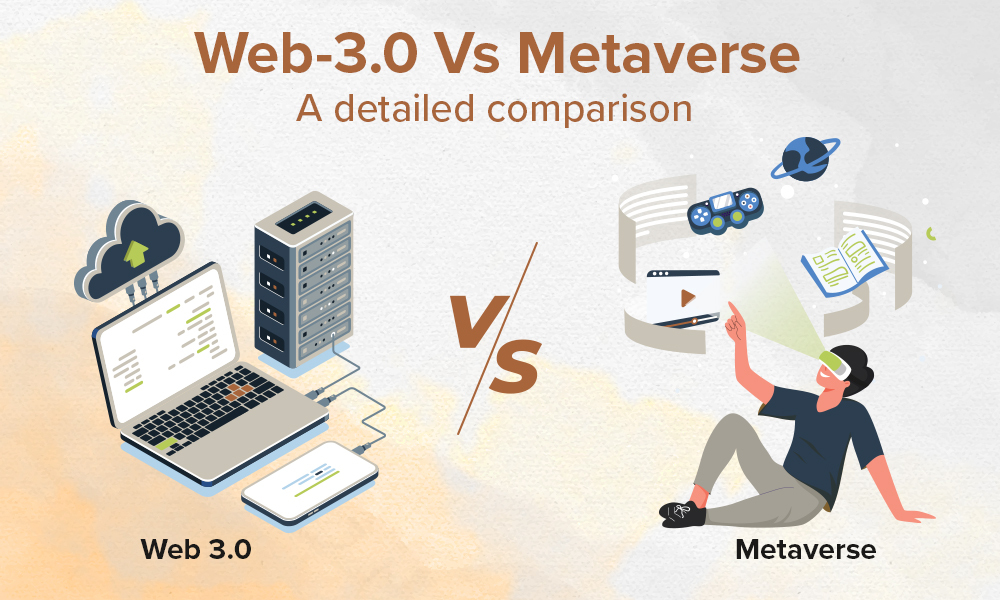In our last article, you read about one of the biggest problems of blockchain – Scalability. Here is the link to the article if you haven’t read it yet!
Scalability has been a major setback for the blockchain technology. Over the years, there have been a number of attempts made to scale the blockchain for mass adoption; while some of them have already been implemented and some are still in testing.
Developers in the blockchain world have come up with solutions that can speed up the verification process to make the transactions faster. All these blockchain scalability solutions offer a unique way to speed up the transactions and upgrade the technology. We have picked a few from the lot and explained below to understand how these solutions work.
- Block Size Increase
- Segregated Witness (Segwit)
- Lightning Network
- Sharding
- Proof of Stake
Block Size Increase
Since the major problem of blockchain is related to scalability, the best thing we could do is to increase the block size. There have been numerous tests that concluded that blockchain is entirely capable of handling twice the size of blocks with no noticeable performance decrease. While this might sound a great idea in theory, the implementation can lead to numerous flaws in the blockchain network.
- Firstly, increasing the block size will drastically reduce the transaction fees earned by the miners to validate the transactions. It may also decrease the number of miners, hence, reduction of the overall hash rate of cryptocurrencies.
- Secondly, larger blocks can also make full nodes more expensive to operate.
Any computer that connects to the Blockchain network is called a node. Nodes that fully verify all the rules of a blockchain are called full nodes.
- Lastly, increasing the block size might not store all the future transactions on the main blockchain, off-chains could be the only long-term solutions.
SegWit (Specific to Bitcoin and Litecoin)
Segregated Witness or popularly known as SegWit is a protocol that changes the way how transaction data is stored on a block. The technology has already been implemented in Bitcoin and Litecoin last year.
The transaction data consists of two types of information:
- Transaction metadata
- Signature Data (comprises 65% of the total data)
The SegWit upgrade introduces a newer concept where the transaction data is separated from signature or witness data. What happens here is that signature data does not become a part of the transaction information and is stored outside the block. It allows storing more transactions in a block as signature data (which comprises 65% of the total data) will not be stored in the block. This separation of the data enhances the scalability of the blockchain.
Lightning Network
Lightning Network is an off-chain micropayment system built on top of cryptocurrencies allowing people to send and receive money at a much faster rate. This system works on a multi-signature based smart contract (balance sheet) outside the blockchain. The balance sheet is uploaded to the network when the payment channel is closed. The lightning network is said to be amongst the top blockchain scalability solutions currently available. You can have a detailed read here.
Sharding
Each node in the blockchain has to save an entire copy of the distributed ledger making the verification process slower. What sharding does is that it breaks down a transaction into shards (small pieces of transactions) and distribute it amongst the network. Each node will work on verifying transactions side-by-side decreasing the overall time taken.
Proof of Stake
Proof of stake or PoS is amongst the top Blockchain scalability solutions that have been implemented on blockchain (Ethereum). PoS is a protocol that makes the entire mining process virtual. As mining is an extremely power consuming and expensive process, PoS replaces the mining process with ‘validating.’ This brings extreme cost savings and enhances the scalability of the blockchain.
To read more about PoS, you can head on to the link below.
Proof of Work vs Proof of Stake
The future of Blockchain Scalability Solutions
Since blockchain is decentralized, numerous solutions can be presented and innovated to solve the issue of scalability. Some of the solutions mentioned above have already been implemented, and the rest are yet to be tested; which of these actually help the network to scale is yet to be seen.



.jpg)
